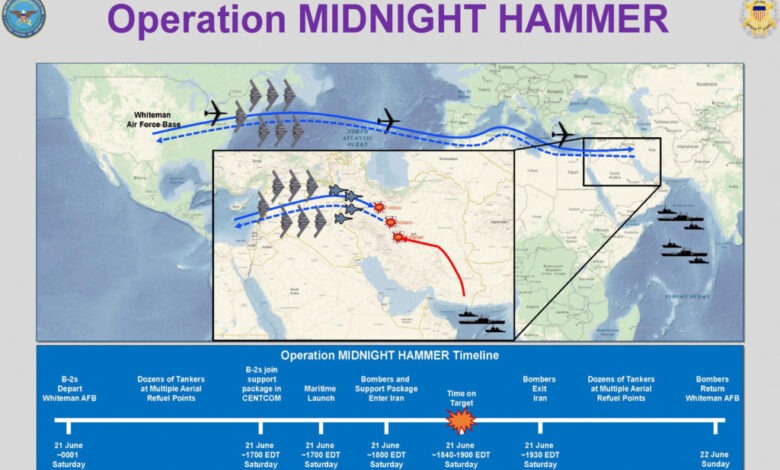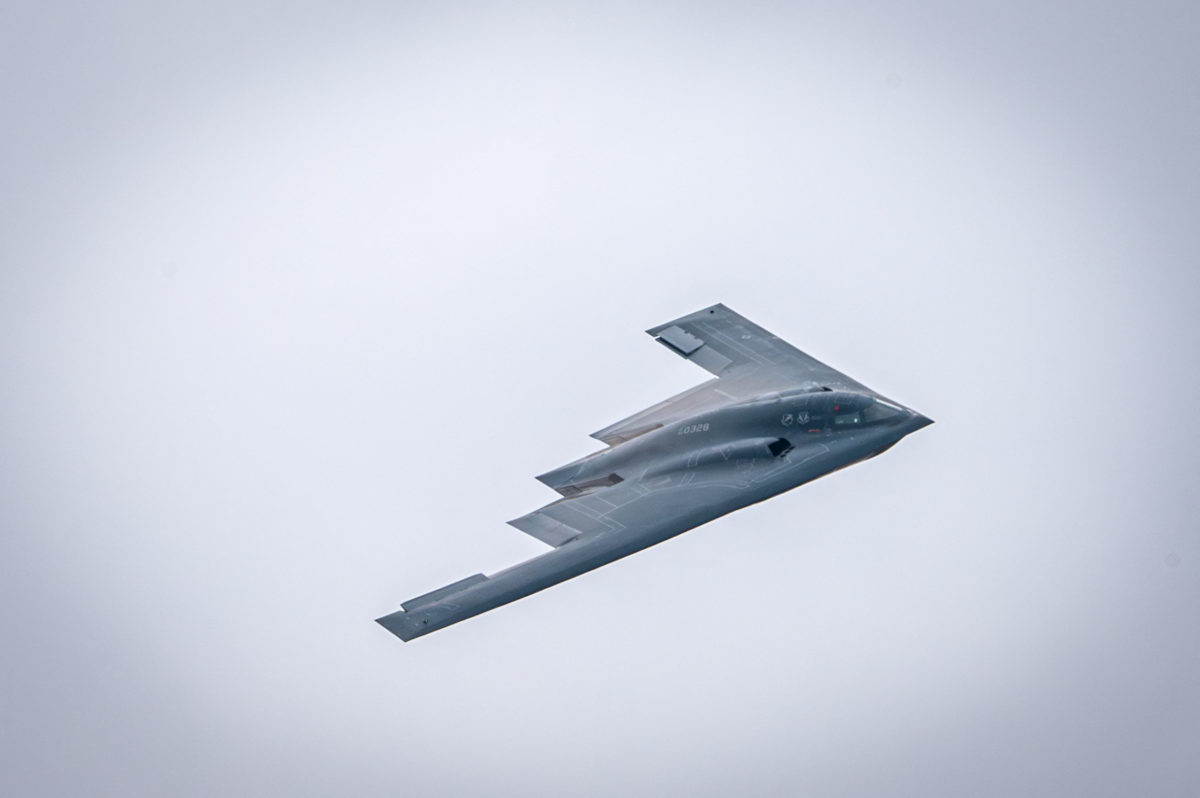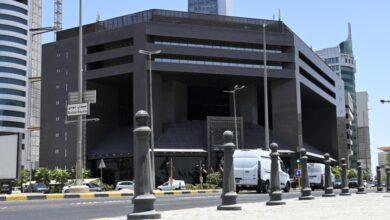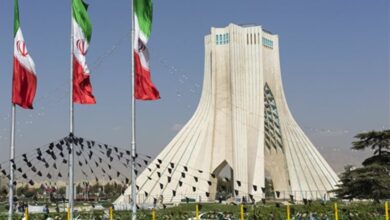
In a historic and unprecedented military operation, the United States launched a powerful airstrike early Sunday against Iran’s most fortified nuclear facilities, marking one of the most sophisticated stealth bombing missions in modern history.
Dubbed Operation Midnight Hammer, the strike involved B-2 stealth bombers and Tomahawk cruise missiles in a coordinated effort to severely damage Iran’s uranium enrichment program, long regarded by the U.S. and Israel as an existential threat.
Chairman of the Joint Chiefs of Staff Gen. Dan Caine said Iran’s air defense systems were caught completely off guard. “Iran’s fighters did not fly, and their surface-to-air missile systems never saw us. We retained the element of surprise,” he stated at a Pentagon briefing. Defense Secretary Pete Hegseth added that the initial damage assessments showed the nuclear program had been “devastated.” “This was a message, and we’re ready to send another one if necessary,” he warned.

In total, more than 125 U.S. military aircraft participated in the operation. Pentagon sources called it the second-longest B-2 mission in history, second only to post-9/11 deployments. Despite the scale of the attack, most top U.S. officials learned of the strike only after President Donald Trump tweeted late Saturday night. The operation had been in planning for months but was executed within a matter of weeks.
“This was a tactical and strategic success,” said Gen. Caine. “And if necessary, we can do it again.”
The primary targets were three of Iran’s most sensitive nuclear sites — Fordow, Natanz, and Isfahan. Fordow, buried deep underground, received the heaviest bombardment. It was the first time the GBU-57 massive ordnance penetrators were used in combat.
The attack followed nine consecutive days of Israeli airstrikes that had already weakened Iran’s air defenses and military command. According to U.S. officials, after 18 hours of flight, the bombers entered Iranian airspace undetected, with a U.S. submarine launching over two dozen Tomahawk cruise missiles just prior to the aerial assault, reports AP.
Iran, however, denied that any major damage had occurred and vowed to retaliate. Both Iranian authorities and the International Atomic Energy Agency (IAEA) said there were no signs of radioactive contamination at the bombed sites.
In anticipation of potential retaliation, Gulf countries hosting U.S. bases were placed on high alert, and U.S. forces in the region have increased their readiness posture. Private diplomatic messages were also sent to Tehran urging de-escalation, though Secretary Hegseth made clear that the U.S. remains prepared for further action.












